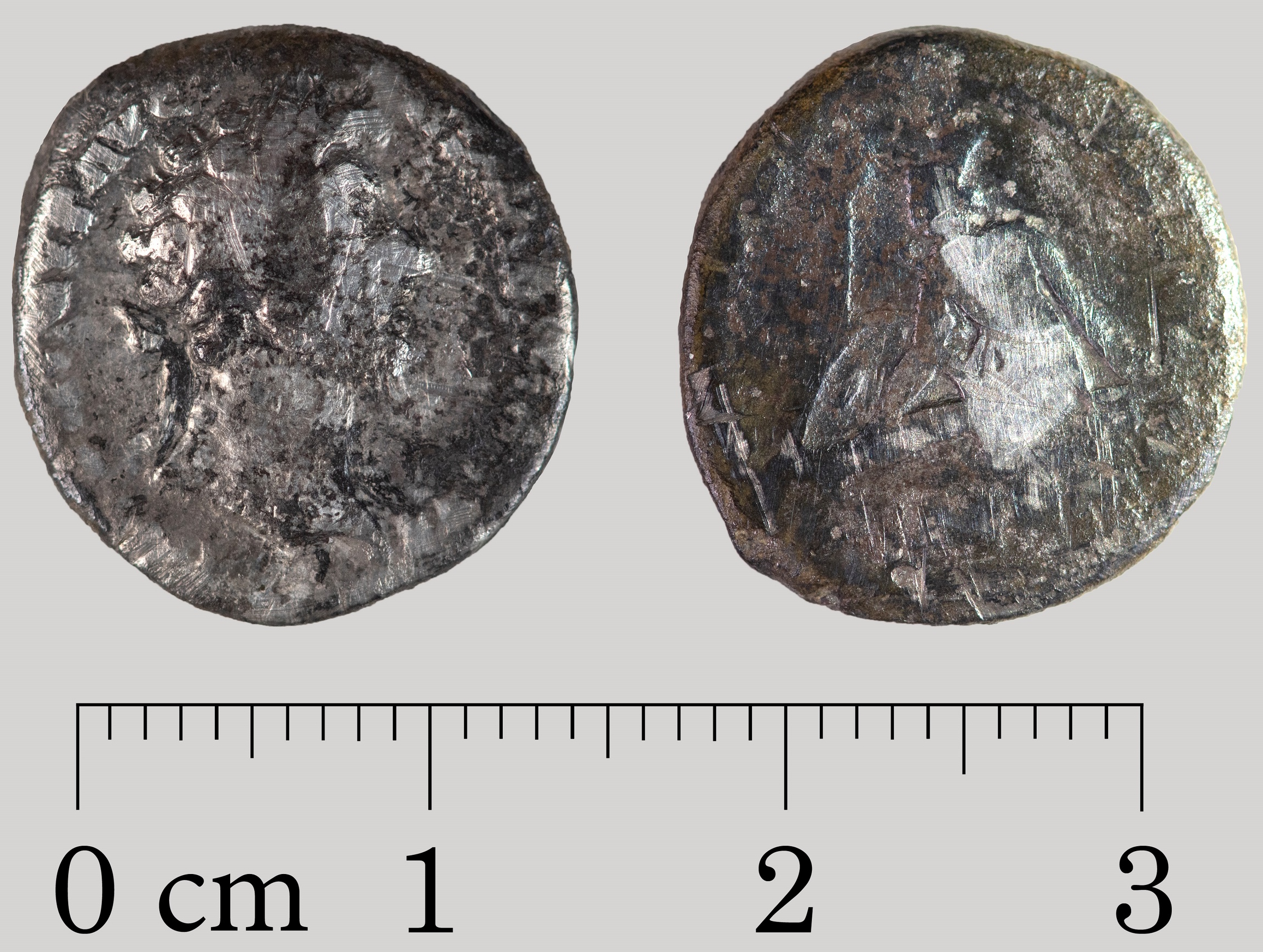An eight-year-old boy playing in a sandbox in Bremen discovered an 1,800-year-old Roman coin that is one of only three such finds ever made in the city.
Young Bjarne came upon the small silver disc in his elementary school sandbox in August of last year. He didn’t know what it was, but it was round and shiny so he did what anyone would do and brought it home with him. He and his family later contacted the Bremen state archaeologist, sending pictures of his treasure. The object was hard to make out from the photos, so Bjarne brough the coin in person to the Bremen state archaeologist, Prof. Dr. Uta Halle.
She was able to identify it as a silver denarius from the reign of Emperor Marcus Aurelius (r. 161-160 A.D.). The denarius is heavily worn and weighs 2.4 grams, evidence that it was minted during a time of currency debasement when the silver content plummeted with rising inflation.
Firmly east of the Rhine boundary line, the state of Bremen was never part of the Roman Empire. The city of Bremen dates to the 7th century at the earliest. That area of northwestern Germany was inhabited by the Chauci tribe. They had dealings with Rome (providing troops for auxiliary regiments), but often joined with other Germanic tribes to oppose Rome on the battlefield. Any Roman coins that made their way that far north likely reached the area via barter, washed up in the River Weser, or as a souvenir carried by an auxiliary or other world traveler.
According to the Bremen Monument Protection Act, the coin is an archaeological object that belongs to the state, but its status is still subject of conversation between officials and Bjarne’s family. Meanwhile, it has been cleaned and conserved. Prof. Halle hopes it will soon be put on display at the Focke Museum, the Bremen State Museum for Art and Cultural History.
